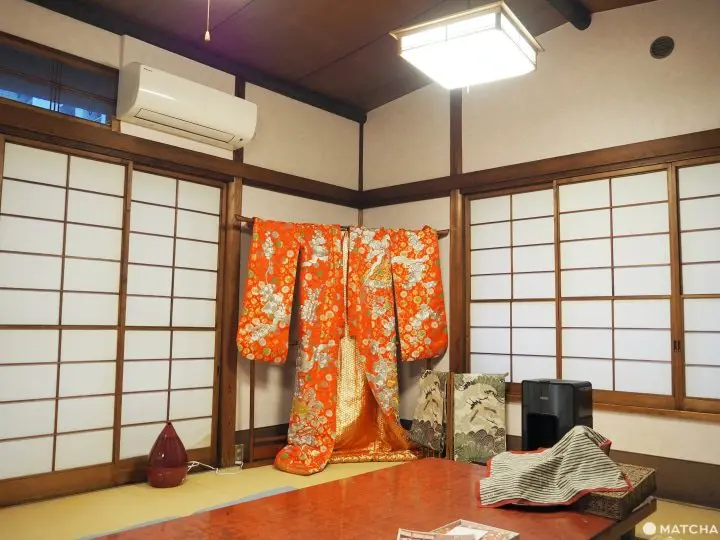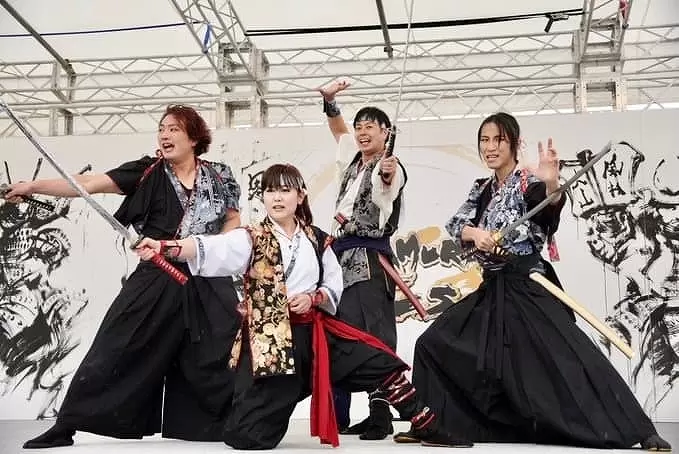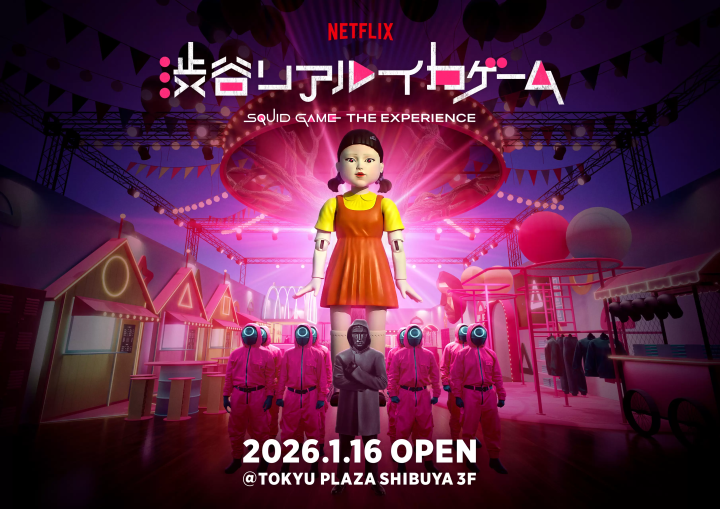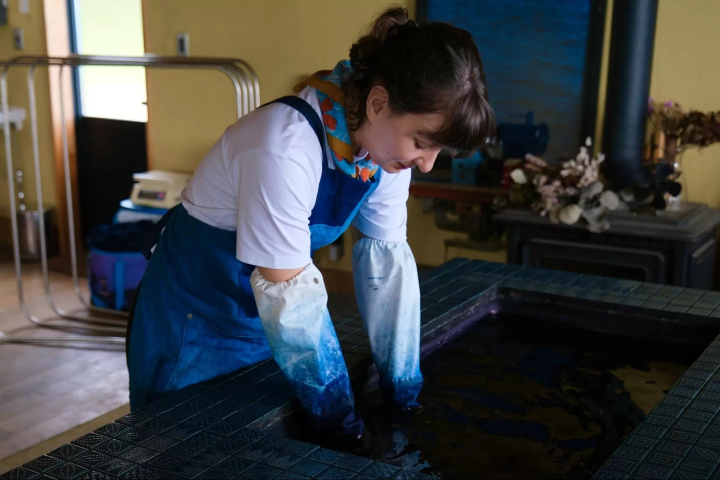Ito Ryokan: Hospitality and History in Tokyo's Ningyocho Area

Ningyocho flourished as a kabuki and theater town during the Edo period. It's also home to Ito Ryokan—a popular facility with a 70-year history. The accommodation offers cultural experiences, including shamisen (a three-stringed lute) and kimono-wearing workshops alongside tasty Japanese cuisine.
Ito Ryokan: Sharing Japanese Culture With the World!

Tokyo's Ningyocho neighborhood retains the charm of the working class neighborhood it once was. Here you'll find Ito Ryokan, a popular accommodation facility where guests can have a hands-on experience of Japanese culture.
Ito Ryokan opened for business about 70 years ago. The original three-story wooden structure has been beautifully preserved from its early days.
When the ryokan first opened, a popular theater called Meijiza was located nearby. Actors and other theater-related people often used Ito Ryokan as their choice of accommodation. In those days, the ryokan hosted many guests, and every day was lively and bustling with activity.
However, the number of actors and audience members who once stayed here began to dwindle with the changing times. Other inns in the nearby area began closing their doors for good.
Under these difficult circumstances, Ito Ryokan decided to preserve its warm atmosphere and offer guests hands-on cultural experiences.
Today, it's becoming a place where overseas visitors can have an enjoyable and immersive experience of Japanese culture.
Hands-On Kimono and Shamisen Experience

Chikako Maeyama, Ito Ryokan's manager, oversees a wide selection of hands-on programs on learning about the shamisen (a three-stringed lute), kimono, and shodo calligraphy (please make a reservation on the official homepage three days in advance).
Presently, Ito Ryokan is proudly promoting international exchanges between locals and visitors from around the world.

On this occasion, our writer signed up for the shamisen course with Mr. Seiju Ibuki, a shamisen master. A connection with the ryokan's former manager led to him becoming a teacher here.
Many overseas visitors have memorable experiences while playing this instrument.
Nihonbashi SANO: Japanese Cuisine Crafted With Carefully Selected Ingredients

On the left-hand side near the first-floor entrance, you'll see a Japanese-style restaurant called Nihonbashi SANO.
The head chef is Koji Sano, a former apprentice of the famous chef Rokusaburo Michiba. In fact, Mr. Michiba was the first Japanese Iron Chef on the popular television series by the same name.
In the midst of the COVID-19 pandemic, Mr. Sano received an invitation from Ito Ryokan and opened his restaurant in 2021.

During lunch, the restaurant serves up fresh and filling donburi dishes such as tendon (rice bowl topped with tempura) and kaisendon (rice bowl topped with sashimi). In the evening, the menu offers Japanese cuisine that pairs well with delicious sake.
The restaurant is also open to guests not staying at the ryokan. It's customary to see office workers visiting during lunch or after work.
Guest Rooms Exhibiting Classic Beauty


Ito Ryokan has a total of five guest rooms. The varying sized rooms are ideal for solo travelers to accommodating groups of four people.
Each room has been given a name associated with flowers and plants representing Japan's four seasons.
Especially impressive are the ceiling designs, which differ from room to room. Master carpenters specializing in temple and shrine construction (miyadaiku) were commissioned by the ryokan when the facility was first established.
The ceilings feature beautiful, intricate patterns, and the ryokan itself—using plenty of high-quality wood—was built in the style of a traditional tea house. In other words, this ryokan is truly one of a kind.

Some of the rooms are adorned with decorative kimonos. They were apparently donated by one of the staff who previously worked at a kimono shop.

Additionally, our writer found something impressive in the four person guest room. Wooden planks from a traditional Japanese nagaya ("long houses") have been placed inside the guest room window (see photo above).
Nagaya is a traditional style of Japanese housing, also referred to as a "row" or "longhouse." A long, single building was walled off, creating several apartment units for families to live in. These residences were common in Japan during the Showa period (1926-1989).
While under the same roof, neighbors carried out their daily lives by helping each other. Our writer imagined that the guests staying at Ito Ryokan might have similarly assisted each other at one time.
A Ryokan Offering a Charming Mix of Old and New
There have been new initiatives to spread the word about authentic Japanese culture while retaining the flavor of the ryokan's original building.
At Ito Ryokan—a place that offers a charming mix of old and new—guests can feel the presence of interesting people and historical tales.
Written by miho
Sponsored by the Japan Ryokan and Hotel Association Tokyo Branch
MATCHA's promotional account for corporate and local government advertising. We aim to provide useful information to our readers in an enjoyable manner.




























![[30 minutes by train from Nagoya] Feature Articles cherry blossom viewing spots in the tourist destination of Tokoname](https://resources.matcha-jp.com/resize/720x2000/2026/01/08-255150.webp)



![[2026] Top 5 Strawberry Picking Spots in Tokushima, Naruto| Farms and Access Guide for January to May](https://resources.matcha-jp.com/resize/720x2000/2025/03/06-227165.webp)